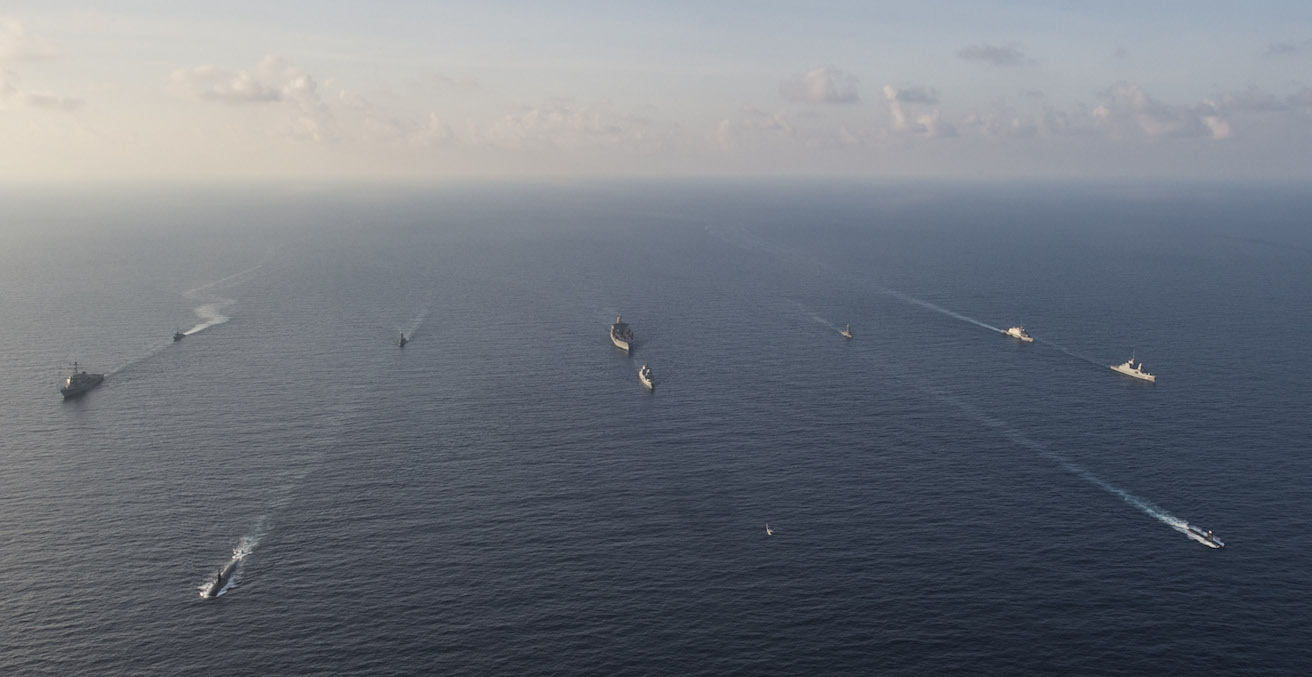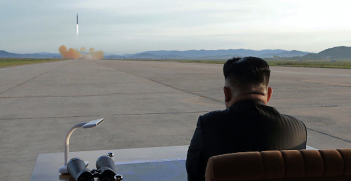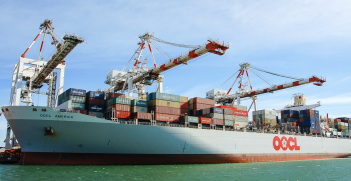China's Modernising Nuclear Forces

With the rapid modernisation of China’s nuclear forces comes the potential for a change in China’s nuclear strategy. What are the implications for future US-China relations and regional stability?
At the Munich Security Conference in February, a top Chinese diplomat reaffirmed China’s long-held non-first-use commitment with respect to its nuclear weapons. “China maintains a very small nuclear arsenal, and China follows the policy of self-defence and minimum deterrence,” said Fu Ying, Chair of the Foreign Affairs Committee of the National People Congress, China’s legislature.
While China’s official nuclear strategy has remained largely intact in recent years, there has been a rapid modernisation of its nuclear forces, which have become increasingly diverse, resilient and effective. Without a doubt, this will have important implications for strategic stability between China and other great powers, and may also lead to changes in China’s nuclear strategy.
China’s modernising nuclear forces
China’s ongoing nuclear modernisation effort has substantially increased the size and quality of its nuclear forces. China’s nuclear arsenal is estimated to have almost doubled in size in the last decade or so, growing from around 145 warheads in 2006 to 270 in 2017. While this increase is significant, it should be kept in perspective: China’s nuclear arsenal remains dwarfed by American and Russian arsenals, which consist of 6,800 and 7,000 warheads respectively.
This disparity can be partially explained by China’s nuclear strategy, under which it has committed not to use nuclear weapons first. Under this policy, China’s nuclear forces aim to provide minimum deterrence in the form of a credible second-strike capability. China’s adversaries must believe that China would be able to inflict an unacceptable level of damage in response to nuclear attacks.
Perception is key. An important reason for China’s continuing nuclear modernisation is its perception of what is required to maintain minimum deterrence in the face of advances made by its competitors, especially the US, and to a lesser extent Russia and India. China is particularly worried about progress in the US’s missile defence systems, conventional global precision strike capabilities, and advanced space-based reconnaissance platforms. Beijing believes that these capabilities may undermine the credibility of China’s nuclear deterrence.
China’s growing arsenal has been accompanied by significant advances in delivery platforms and related technologies, including: intercontinental ballistic missiles (ICBMs), nuclear-powered ballistic-missile submarines (SSBNs), multiple independently targetable re-entry vehicles (MIRVs), manoeuvrable re-entry vehicles, hypersonic weapons and penetrative aids. The deployment of these technologies has made Chinese nuclear forces more diverse, mobile and effective.
Late last year, Chinese state media reported that China’s latest and most advanced ICBM, the DF-41, is nearly operational and will be deployed in early 2018. The DF-41 rivals the state-of-the-art capabilities of American (LGM-30 Minuteman) and Russian (Topol-M) ICBMs. Once deployed, the DF-41 will be a powerful addition to Chinese nuclear strike capabilities.
In addition, China is applying MIRV technology to existing missile models, including the DF-5 land-based ICBMs. In early 2017, China tested a new variant of the missile, DF-5C, using 10 inert warheads. The number of Chinese nuclear warheads is likely to increase as China produce smaller warheads for its new MIRV-capable missiles.
Another technology that China is actively pursuing is hypersonic glide vehicles, which are manoeuvrable, extremely fast, and capable of penetrating existing missile defence systems. To date, China has conducted at least seven successful test flights of its hypersonic glide vehicle, WU-14 (also known as DF-ZF).
China is not the only one developing hypersonic technology for military purposes. The US and Russia are both investing heavily in developing hypersonic weapons. While still years away from being operational, hypersonic missiles would negate existing missile defence systems and greatly compress the timeframe available for response.
In addition to land-based nuclear deterrence, China is developing its first credible sea-based deterrent capability in the form of four JIN-class (Type 094) SSBNs, each capable of carrying 12 JL-2 submarine-launched ballistic missiles. The JL-2 missiles are MIRV-capable and have a range of 7,200 kilometres. China’s next generation SSBN, the Type 096, is currently being developed with construction set to begin in early 2020.
Implications for Chinese nuclear strategy and regional stability
Despite the substantial development of its nuclear forces over the last decade, China has not officially shifted away from its no-first-use commitment. The lack of an official policy change, however, does not indicate a lack of change in nuclear strategic thinking among China’s military experts: there are continuing debates on the nuances and merits of adhering to the no-first-use commitment.
Some Chinese strategists argue that the no-first-use commitment is untenable in its strict form because it would not be effective in deterring conventional attacks against strategic targets, such as military command and control systems and key infrastructure. Conventional attacks, which under the current policy would not rise to the threshold of warranting a nuclear response, may also be used to degrade China’s nuclear deterrence capabilities.
Other Chinese strategists argue that moving away from no-first-use would destabilise US-China strategic relations, leading to a nuclear arms race. Without this commitment, escalation could be riskier as adversaries cannot be sure as to whether China would resort to a nuclear first-strike or not. Given China’s inferior nuclear forces compared to the US (and Russia), it’s not in China’s interest to destabilise strategic relations by introducing additional uncertainty.
New technologies and capabilities coupled with emergent threats to China’s strategic interests may lead to incremental changes in Chinese nuclear thinking. This could include changes to the conditions attached to China’s no-first-use commitment, and even movement towards allowing the deployment and use of tactical nuclear weapons. Chinese nuclear thinking could also evolve towards a new limited nuclear warfighting posture allowing it to field tactical nuclear weapons.
China’s rapidly modernising nuclear forces and the possible future shifts in nuclear strategy could have profound implications for the stability of US-China strategic relations. China’s nuclear modernisation may trigger increased military investment by the US to counter Chinese advances, which may kick off an intense arms race.
Increased military competition, lower levels of strategic trust and possible misunderstandings in crisis situations could have grave consequences. The US and its allies, including Australia and Japan, will need to carefully monitor China’s nuclear modernisation and be on the lookout for signs of any shifts in China’s nuclear strategy.
Adam Ni is a researcher at the Strategic and Defence Studies Centre, Australian National University. His main areas of interest include China’s foreign and security policy. He tweets from @adam_ni.
This is an edited extract of an article titled “China’s Modernising Nuclear Forces and Implications for China’s Nuclear Strategy” published in Volume 11, Issue 1 of Quarterly Access, the national publication of the youth networks of the AIIA.





